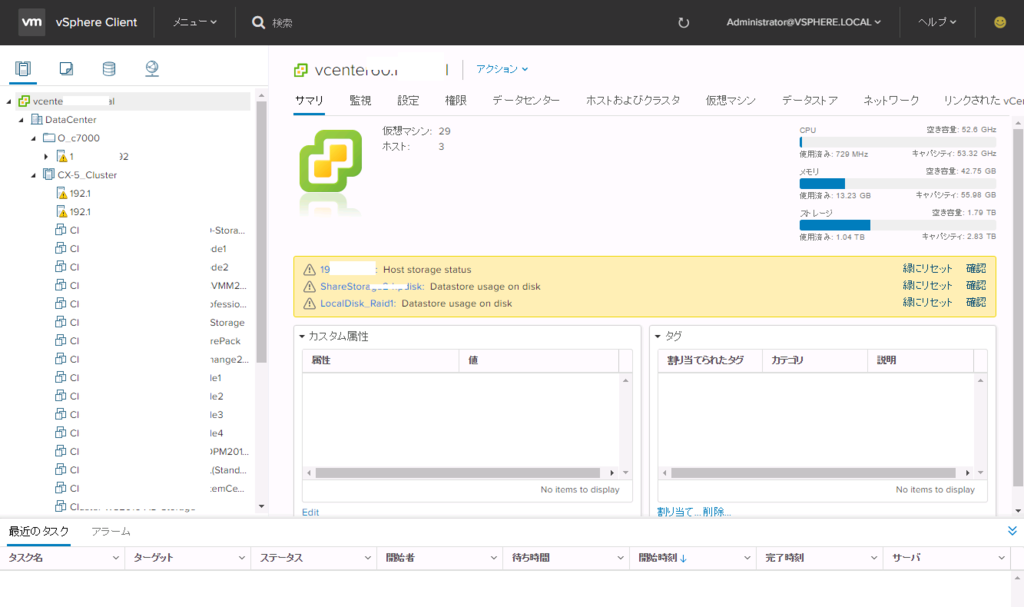
Deploy or install vCenter Server and Platform Services Controller.See vCenter Server and Platform Services Controller Deployment Types. Determine the vCenter Server and Platform Services Controller deployment model that is suitable for your environment.See Required Free Space for System Logging and Configure Syslog on ESXi Hosts. Setting up logging on a remote host is especially important for hosts with limited local storage. Consider setting up a syslog server for remote logging, to ensure sufficient disk storage for log files.See Setting Up ESXi and After You Install and Set Up ESXi. Configure the ESXi boot and network settings, the direct console, and other settings.Switch the CD/DVD drive to client device, disconnect it, and convert the VM to a template.ESXi hosts by using vSphere Auto Deploy, but vSphere Auto Deploy is installed together withĮSXi hosts by using Auto Deploy, you must deploy the.Reduce the VM's CPU count and memory resources to the minimum.Install all baseline applications you might want to include in your template. Set-ExecutionPolicy Bypass -Scope Process -Force ::SecurityProtocol = ::SecurityProtocol -bor 3072 iex ((New-Object ).DownloadString('')) Disable Internet Explorer Enhanced Security Configuration (ESC) (you can also turn this on later using group policy or a PowerShell script).Turn off Windows Defender Firewall (you can also turn this on later using group policy or a PowerShell script). Power on your new VM and install Windows Server.īefore you convert your VM to a template, complete the following steps.Ĭhange PowerShell execution policy to Bypass by running the Set-ExecutionPolicy -ExecutionPolicy Bypass command in PowerShell (you can also turn this on later using group policy or a PowerShell script).Īllow communication between WinRM and the OS by running the allow_winrm PowerShell scriptĬonsider following these extra steps when creating a windows template:ĭisable user account control (you can also turn this on later using group policy or a PowerShell script). Point to the Windows Server ISO file location. Make sure you select Microsoft Windows Server 2016 or later (64-bit) as the guest OS.

Learn how to deploy and install Windows Server and convert VM to a template.

Make sure you have VMware vSphere version 6.5 or above. Note that the ISO file can also be used locally.

Make sure you have the latest Windows Server ISO file downloaded. This guide assumes that you have some familiarity with VMware vSphere and know how to install Windows Server.


 0 kommentar(er)
0 kommentar(er)
